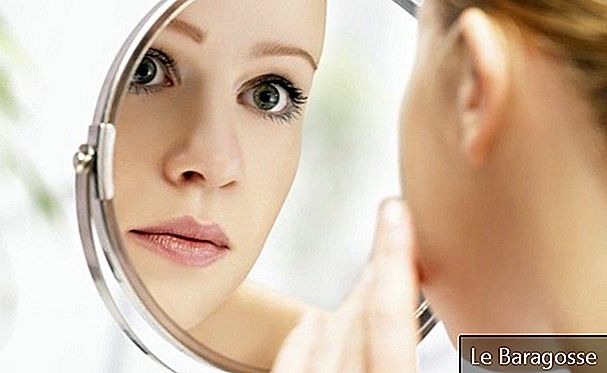
Adolescence is a remarkable period: many changes and discoveries make the phase unforgettable. Unfortunately, the acne It is one of the problems that marks these years in the bad sense. After all, who has never met a young man who has lost the desire to leave home because of pimples?
But this is no cause for despair, as there are several treatments that can end this problem in a matter of months.
Fair in adolescence?
At pimples pop up during this period why is it when hormones and some of them start producing? especially testosterone, which is produced in men and women (to a much lesser extent)? stimulate the sebaceous glands of the skin, responsible for producing the sebum, whose function is to protect the skin.
In people with genetic predisposition, sebum production is more pronounced and thus the skin becomes oily, which clogs the pores and facilitates the appearance of blackheads. To get a clear idea, the blackhead is nothing but the accumulation of sebum, keratin (protein produced by the skin) and bacteria within a pore.
THE difference between blackhead and pimple The fact is that the latter becomes a case of inflammation, when the skin has reddish and high spots with secretion inside. THE acneOn the other hand, is the name given to this skin problem, which has as its main characteristics greasiness, blackheads and pimples.
There's the hereditary question
Genetic loading is one of the factors to consider when it comes to pimples. It is worth observing or asking the family if anyone has had and then become smarter with skin care and nutrition.
Regardless of the heredity factor, about 90% of teens will get acne to some degree, but the fact is that not everyone will suffer from it thanks to their immune response. Those with the most parched skin, for example, get acne out of hand.
The types of acne
- Grade 1: the skin has blackheads only, without pimples;
- Grade 2: the skin has superficial blackheads and pimples;
- Grade 3: with blackheads, small and larger pimples. Some are already internal and painful;
- Grade 4: In addition to the features of grade three, the skin is quite inflamed and with lumps that appear to disfigure parts of the face.
How to prevent acne?
Once the first blackheads appear (sometimes around nine, ten years old), it is best to look for a dermatologist, who will prescribe a care routine with blackheads and greasy soaps, etc. Even so, some patients continue to develop the case. That is where the doctor indicates more abrasive products, antibiotics and even oral remedies.
The basic recommendation is never squeeze blackheads and pimplesUnless you wanted a marked skin. Also only do skin cleansing when recommended by your dermatologist, in addition, it is worth going to places with reference.
Isotretinoin: for extreme cases
THE isotretinoin It is an oral medicine derived from vitamin A and incredibly effective in combating acne. It is usually recommending after lack of success with the milder treatments? and already eliminates the problem in about six months of use.
O acne treatment with isotretinoin It is effective because it acts on the sebaceous glands, reducing its size, decreasing sebum secretion and altering its composition. This medicine also prevents obstruction of the opening of the hair follicle and reduces inflammation.
But care must be taken because of the side effects. The most serious is teratogeny, which causes malformation of the fetus. That is, women who want to get pregnant should not take it. Dry mouth, hair loss, nosebleeds, high cholesterol, and liver changes (so periodic blood tests are needed) are other side symptoms.
The myth of food
The fat we eat does not go to the skin as some think. The subject is controversial and many try to establish this relationship, but there is nothing proven in medicine. There is indeed an effect of eating on the skin, but it is indirect.
What happens is some carbohydrate-rich foods quickly absorb? among them milk, chocolate and other sweets? They stimulate the skin's hormone receptors and result in the malfunction of the sebaceous gland, which can cause the bacteria causing the pimples to proliferate.
Goodbye to brands
To remove the acne marks, the first step is to treat the problem and only then, with pimple-free skin, do treatments with retinoic acid products associated with other treatments such as dermabrasion (skin sanding), small skin grafts, chemical peels and laser .
And don't forget: Using products on your own can only make things worse. Schedule with your dermatologist, he is the one who tells you the right products to treat acne, not your cousin, neighbor, friend, etc.
How to treat acne scars- Dermatology Secrets revealed (April 2024)
- Acne, Skin
- 1,230
















